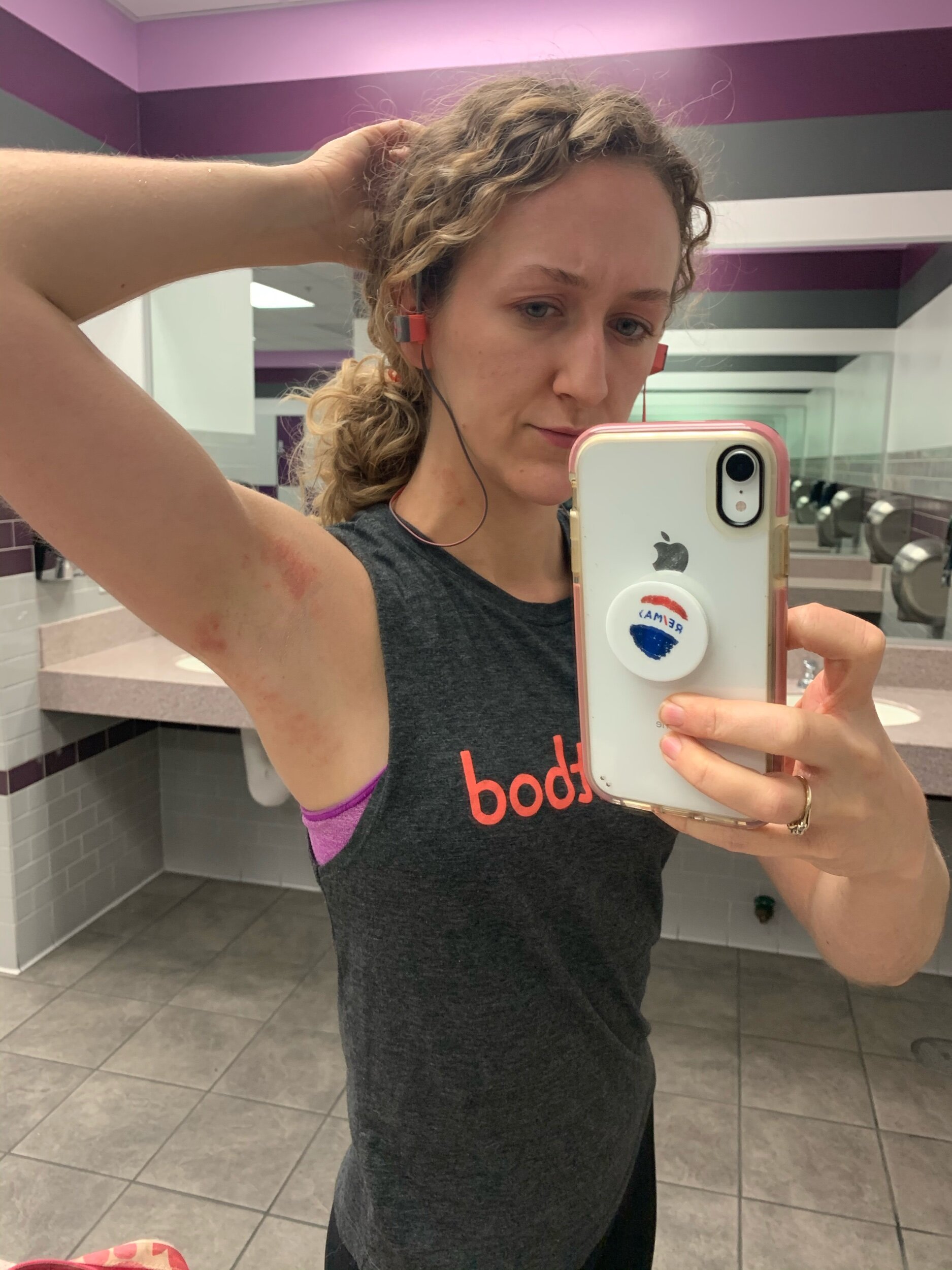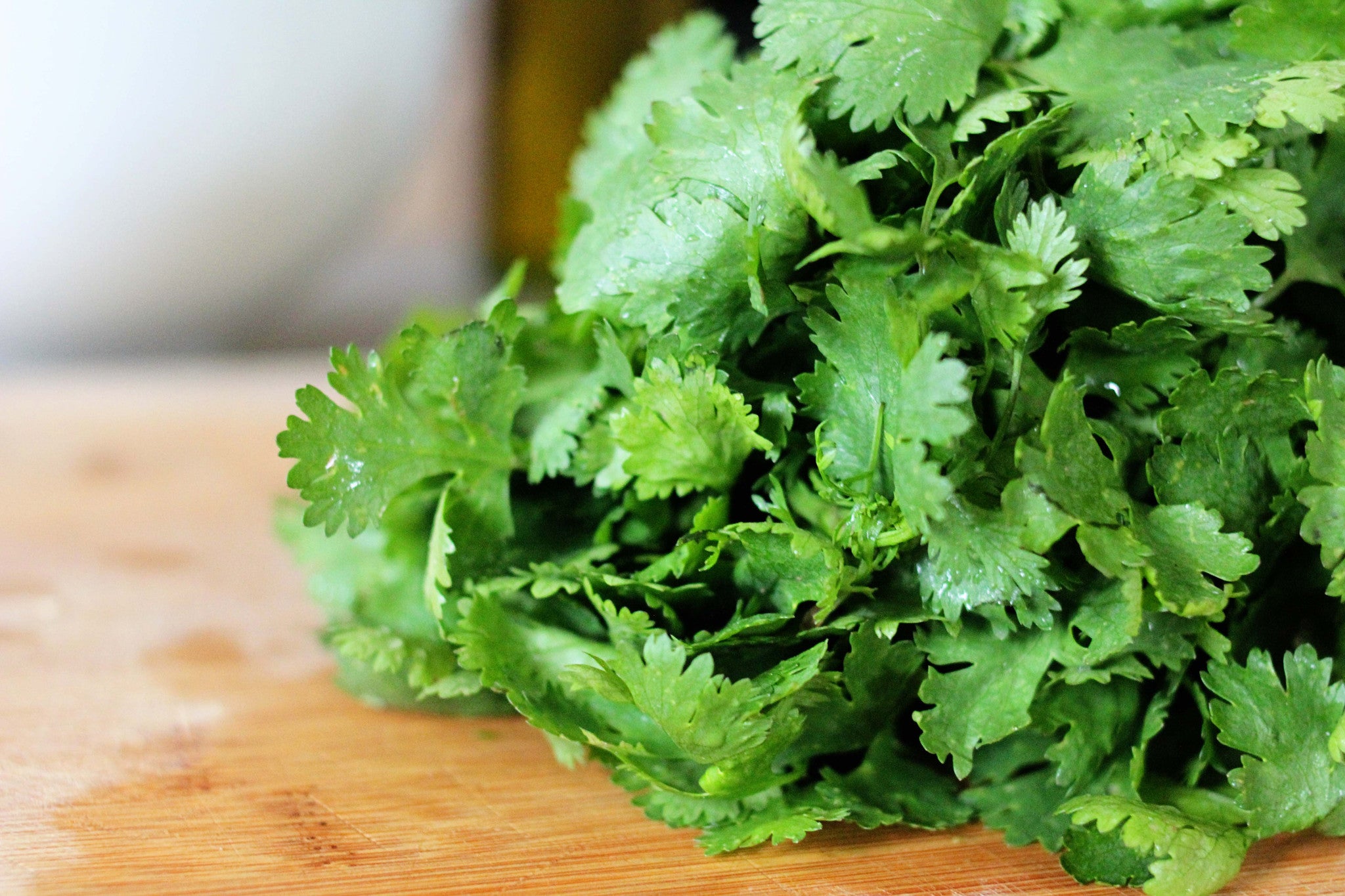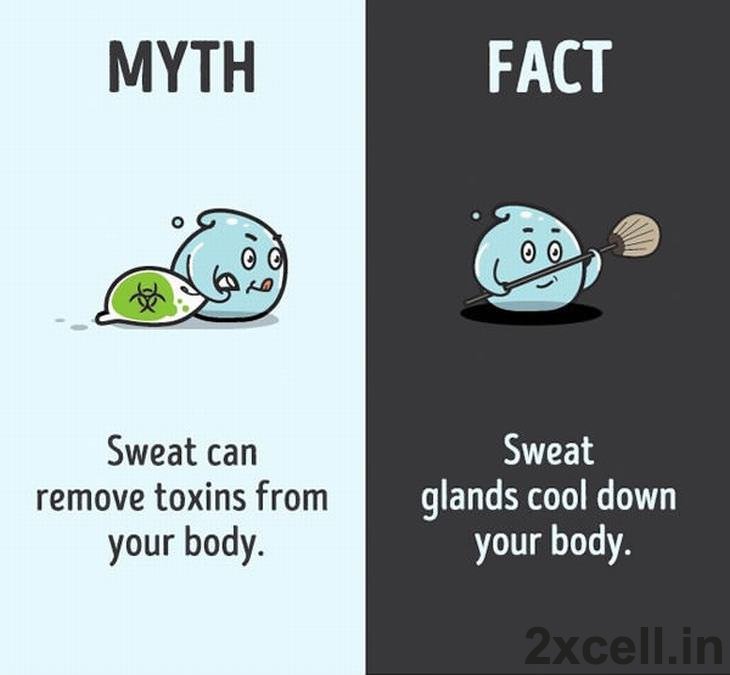
Whole grain white bread should contain at least half of its ingredients. While the nutritional value of whole grain bread may be lacking in comparison to that of plain white bread, the added fiber and vitamins can help reduce the risk of spinal birth defects. There will be a noticeable improvement in the taste. Learn more about the advantages of whole grains bread in the rest this article.
White whole grain bread is a wonderful option for people who don’t like whole grain. It has a rich texture that is tender and higher in nutritional value. Wonder Smartwhite also contains whole wheat flour and other enriched grains. This bread is a great choice for those who want to enjoy whole wheat bread with the same nutrition and texture. These breads can contain high amounts of fructose.

Bran is the outer fibrous layer of whole wheat bread. It is rich in minerals, vitamins, fiber, and B vitamins. The bread is made from the germ, which is the reproductive part of the grain. It is high in healthy fats and vitamin E. The largest part of the grain kernel is the endosperm, which is mainly made up of starch. White flour is made from white wheat germ, while whole wheat flour is made of whole wheat germ.
White bread is becoming more and more popular in the United States. However it is important that you note that each brand has a different quality whole grain bread. Although refined white bread is almost always white, it may not contain 100% whole wheat. You may find that it has synthetic nutrients and flavorings, which can be harmful to your health. Whole-grain bread, if you're concerned about your cholesterol, is probably the best choice.
Whole grain white bread may be the healthiest bread type, but it does have its downsides. The white bread is lower in fiber than the whole wheat version. This makes it more nutritious. A piece of 100%-wheat bread has a higher cholesterol level. When choosing wheat bread, be cautious. Whole grain breads are healthier than enriched versions. They also have less calories, so they won't increase cholesterol. Whole-grain wheat is healthier if your goal is to lose weight.

Whole-grain whole-grain whitebread is made from whole wheat germs. This means that it contains all three parts of the wheat kernel: bran, germ, and endosperm. The white variety is lighter-colored, and it does not contain as much fiber as traditional varieties. It has the exact same nutritional value as whole-grain white bread. Whole grain is available in natural food stores.
FAQ
What is the best time to do Intermittent fasting in order to lose weight
It is not as easy as you think. For optimal fat loss, you need to take into account many factors. These include:
-
Your age. Intermittent fasting can be difficult for young people (under 40). This is because they have less time to recover after each fast. If you are older than 60, you might find it difficult to maintain a prolonged period of daily fasting.
-
Your current body composition. Longer periods of fasting are more beneficial if you have a lot muscle mass. However, if you have little muscle mass, then shorter periods of fasting may be better suited for you.
-
How physically active. You may need to increase your fasting time if you exercise often. This will ensure you get enough rest between workouts.
-
Your health history. Patients with certain medical conditions, such as heart disease, diabetes, or cancer, may need additional fasting monitoring.
-
How can you manage stress? Stress can cause us to eat more. You might need to lengthen your fasting windows in order not to have this problem.
-
Your diet. Certain diets, like ketogenic diets, may require even longer fasting periods.
-
The quality of sleep you receive. Lack of sleep has also been linked to increased appetite and decreased metabolism. It could take some experimentation to discover the best method for you.
-
How much protein you eat. Protein helps stabilize blood sugar levels, which means that eating more protein could potentially lead to lower insulin levels. This would allow you to fast for longer periods of time.
-
Individuals who are trying lose or gain weight will require longer fasting times than those who are trying.
-
What percentage of calories do you consume during your fasting window? You may lose more weight if you eat fewer calories each day than if you eat more.
-
Your overall fitness. Fasters who are very fit tend to have higher metabolic rates, which allows them to burn more calories throughout the day.
-
Your gender. Men typically have larger appetites than women, so they may need to fast for slightly longer periods of time. Women generally have smaller appetites, so they may only need to fast for about 20-30 minutes every morning.
-
Your lifestyle. Do you get enough physical activity? Do you work out several times a week? Is your job a long, sedentary one? These factors can impact how fast you should be moving.
-
How much money do you spend on food? It doesn't always mean that you should spend a lot of money on groceries if you eat healthy foods. You can save money by buying whole grains instead of white bread, fruits instead of candy bars, and lean meats instead of fatty cuts.
-
It's important to manage your hunger. You might not have to fast as much if your hunger isn't a problem.
What amount of exercise is necessary to lose weight?
Many factors influence how much exercise is needed to lose weight, such as age, gender, body size, and weight. Most people require at most 30 minutes of moderate physical activity five times per week.
The American College of Sports Medicine recommends that you do 150 minutes of moderate intensity aerobic activity per week. This should be spread over three days.
To lose 10 lbs, you should aim to exercise 300 minutes each week. This includes activities like jogging or running, swimming laps and biking.
For those just starting out, you might consider 20 minutes of vigorous activity every other week. These activities could include sprints and lifting weights.
Aerobic exercise can help burn calories as well as build muscle mass. Muscle burns a lot more calories than fat. Building muscle and losing weight can help you reach your goals faster.
What Weight Loss Can You Expect In One Week?
Your current body fat percentage will determine how much weight you can lose. The first thing to do is to calculate how much weight you want to lose and then find out what your BMI (Body Mass Index) is. Your BMI indicates how much weight we should lose to achieve our goal. If your BMI is 25 or greater, you're overweight. If your BMI is 30 or higher, you're obese.
If you are 200 lbs, your BMI will be 28.7. To drop to a healthy range of weight, you will need to lose approximately 70 pounds. To see if you're overweight, visit www.healthyminds.com/bmi/.
Once you know your BMI, you can use this formula to figure out how many pounds you'll lose per week:
(Your Goal Weight - Current Weight)/BMI * 7 Number Of Pounds Lost Per Week
For 50 pounds to be lost in one month, it would take 2 weeks of exercise. 56 days is equivalent to 7 pounds per day. That's 8.3 pounds per week.
You could also try this calculator from www.weightlosscalculator.net. It will give you an approximate estimate of the calories you need to lose 1 pound each week.
Statistics
- A 12-week study in 20 women with obesity found that walking for 50–70 minutes 3 times per week reduced body fat and waist circumference by an average of 1.5% and 1.1 inches (2.8 cm), respectively (healthline.com)
- Another study found that 24 weeks of weight training led to a 9% increase in metabolic rate among men, which equated to burning approximately 140 more calories per day. (healthline.com)
- According to Harvard Health, it's estimated that a 155-pound (70-kg) person burns around 167 calories per 30 minutes of walking at a moderate pace of 4 mph (6.4 km/h) (5). (healthline.com)
- One study in 9 active men found that HIIT burned 25–30% more calories per minute than other types of exercises, including weight training, cycling, and running on a treadmill (18Trusted Source (healthline.com)
External Links
How To
How to exercise to lose weight
It is one of best ways to lose weight. Many people don’t know how exercise should be done. Cardio exercises should include running, biking, swimming, walking, etc. and strength training exercises like lifting weights, pulling-ups or pushing ups, squats and lunges. Combine these two types together to lose weight. Begin exercising by finding friends to help you. You have two options: you can join a gym or just walk around your neighborhood. No matter which type of activity, you need to be consistent with it. It is easy to lose track of your workouts when you first begin. Don't despair if things don't go as planned. Keep at it!